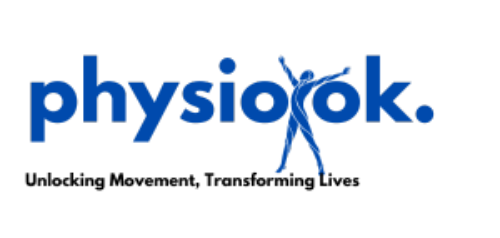Hypertension, commonly known as high blood pressure, is a chronic condition that significantly increases the risk of heart disease, stroke, and other serious health complications. While medication is often prescribed, lifestyle interventions, including physiotherapy, play a crucial role in managing and lowering blood pressure naturally. Physiotherapy offers holistic approaches that combine exercise, stress management, and education to support long-term cardiovascular health.
How Does Physiotherapy Help Manage Hypertension?
Physiotherapy addresses the root causes and contributors to high blood pressure, such as sedentary lifestyles, stress, and poor posture. The techniques employed by physiotherapists aim to enhance cardiovascular efficiency, improve circulation, and reduce stress, all of which contribute to lower blood pressure.
Key Physiotherapy Techniques for Hypertension
-
Aerobic Exercises:
- Activities like walking, cycling, and swimming improve heart health and help reduce systolic and diastolic blood pressure.
- Moderate-intensity aerobic exercises, performed for 30 minutes most days of the week, are highly effective.
-
Strength Training:
- Incorporating resistance exercises helps improve overall muscle strength, which enhances vascular function and reduces blood pressure over time.
-
Flexibility and Stretching:
- Gentle stretching exercises like yoga or Pilates reduce stress and promote relaxation, indirectly aiding blood pressure control.
-
Breathing Exercises:
- Techniques such as diaphragmatic breathing and guided meditation help lower stress-induced hypertension by calming the nervous system.
-
Posture Correction:
- Poor posture can impede blood flow and increase cardiovascular strain. Physiotherapy addresses postural imbalances, leading to better blood circulation.
-
Relaxation Therapy:
- Progressive muscle relaxation (PMR) and other stress-reducing techniques decrease tension in the body and lower blood pressure.
-
Lifestyle Education:
- Physiotherapists educate patients about the importance of regular physical activity, proper nutrition, and maintaining a healthy weight to manage hypertension effectively.
Benefits of Physiotherapy for Hypertension
-
Lowers Blood Pressure Naturally:
- Regular physical activity and stress management can reduce blood pressure by 5-7 mmHg, comparable to some medications.
-
Enhances Cardiovascular Health:
- Improves heart efficiency and vascular function, reducing the workload on the heart.
-
Reduces Stress Levels:
- Stress management techniques lower cortisol levels, a hormone linked to increased blood pressure.
-
Improves Overall Fitness:
- Enhances muscle strength, flexibility, and endurance, promoting better physical health.
-
Promotes Weight Loss:
- Regular exercise helps manage weight, which is critical for blood pressure control.
-
Minimizes Dependence on Medication:
- With consistent physiotherapy and lifestyle modifications, some patients may reduce their reliance on antihypertensive drugs (under medical supervision).
Sample Exercise Plan for Hypertension
| Type of Exercise | Duration | Frequency | Example |
|---|---|---|---|
| Aerobic Exercise | 30-40 mins | 5 days per week | Brisk walking, cycling |
| Resistance Training | 20-30 mins | 2-3 days per week | Light weightlifting, bands |
| Flexibility & Stretching | 10-15 mins | Daily | Yoga, static stretches |
| Relaxation Techniques | 5-10 mins | Daily | Breathing exercises, PMR |
Precautions
- Always consult a doctor before starting a physiotherapy regimen for hypertension.
- Begin exercises gradually, especially if you have been inactive.
- Avoid heavy weightlifting or high-intensity exercises that could spike blood pressure.
- Monitor blood pressure regularly to track progress.
Conclusion
Physiotherapy offers a safe and effective way to manage hypertension by combining targeted exercises, stress reduction techniques, and lifestyle education. When integrated into a broader health plan that includes a balanced diet and regular medical check-ups, physiotherapy can significantly improve cardiovascular health and quality of life.
